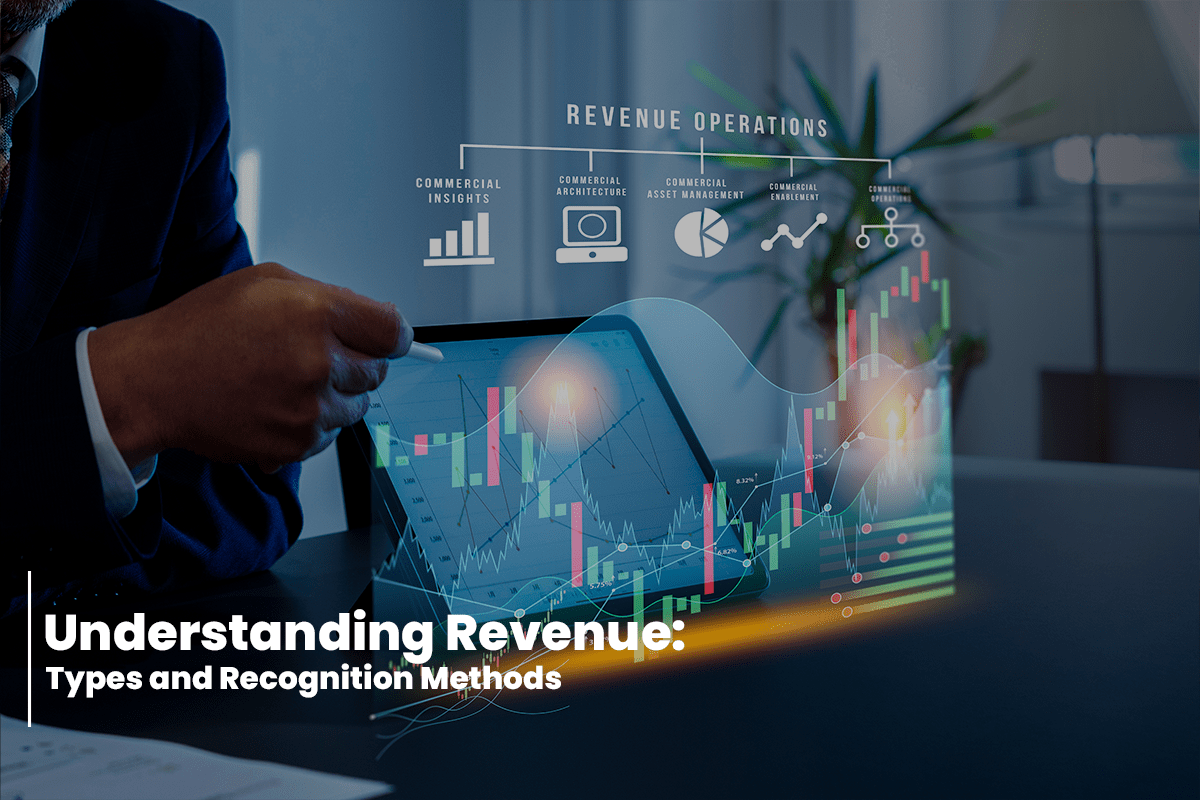Introduction:
Revenue is a fundamental concept in the world of corporate finance, accounting, and business operations. It is the lifeblood of any company, serving as a critical metric for assessing financial health and success. In this article, we will delve into the various types of revenue and explore different methods of revenue recognition, shedding light on how it impacts the financial statements of companies. We will also provide relevant examples, including how a listed company calculates its revenue. For a more comprehensive understanding of these topics, you can refer to the Corporate Finance Institute (CFI), a trusted resource for finance education.
Types of Revenue:
Operating Revenue: This is the revenue generated from a company’s primary business activities. For example, a software company earns operating revenue from the sale of its software licenses.
Non-Operating Revenue: Also known as incidental revenue, this includes income generated from activities that are not central to the company’s primary operations. Interest income from investments and gains from the sale of assets are common examples.
Recurring Revenue: This type of revenue comes from ongoing, subscription-based services or products, such as a streaming service’s monthly subscription fees.
One-Time Revenue: These are non-recurring, sporadic earnings, such as revenue generated from a special project or the sale of a non-core asset.
Deferred Revenue: When a customer pays for a product or service in advance, it creates a liability on the balance sheet called deferred revenue. Revenue recognition occurs as the product or service is delivered.
Revenue Recognition Methods:
Accrual Basis: Under this method, revenue is recognized when it is earned, irrespective of when cash is received. For example, if a software company provides a one-year subscription, it recognizes the revenue over the subscription period.
Cash Basis: Revenue is recognized when cash is received. This method is simple but may not accurately reflect a company’s financial performance, as it doesn’t consider accounts receivable and accounts payable. For example, A simple kiryana store owner will do cash basis accounting because they dont accrue payments. Customers just give money and take the product.
Percentage of Completion: Primarily used in construction and long-term projects, revenue is recognized based on the project’s percentage of completion. This method ensures revenue recognition as the project progresses.
Completed Contract Method: Revenue is recognized only upon completion of the contract. This method is used when estimating the project’s completion is highly uncertain.
Let’s take a look at how Apple Inc., a publicly listed company, calculates its revenue. Apple generates substantial operating revenue from the sale of its products, such as iPhones, iPads, and Macs, as well as services like the App Store and Apple Music. Their revenue recognition method aligns with the accrual basis, recognizing revenue when products are delivered or services are rendered. This method provides a more accurate depiction of their ongoing financial performance, even if cash is received at a later date.
Conclusion:
Revenue is a critical financial metric that impacts a company’s profitability, valuation, and financial reporting. Understanding the types of revenue and the methods of revenue recognition is essential for both finance professionals and investors. By applying these concepts, businesses can accurately represent their financial health and make informed decisions. The Corporate Finance Institute (CFI) is a valuable resource for those looking to expand their knowledge in this area, offering a range of courses and materials to help individuals gain expertise in corporate finance and financial modeling.



